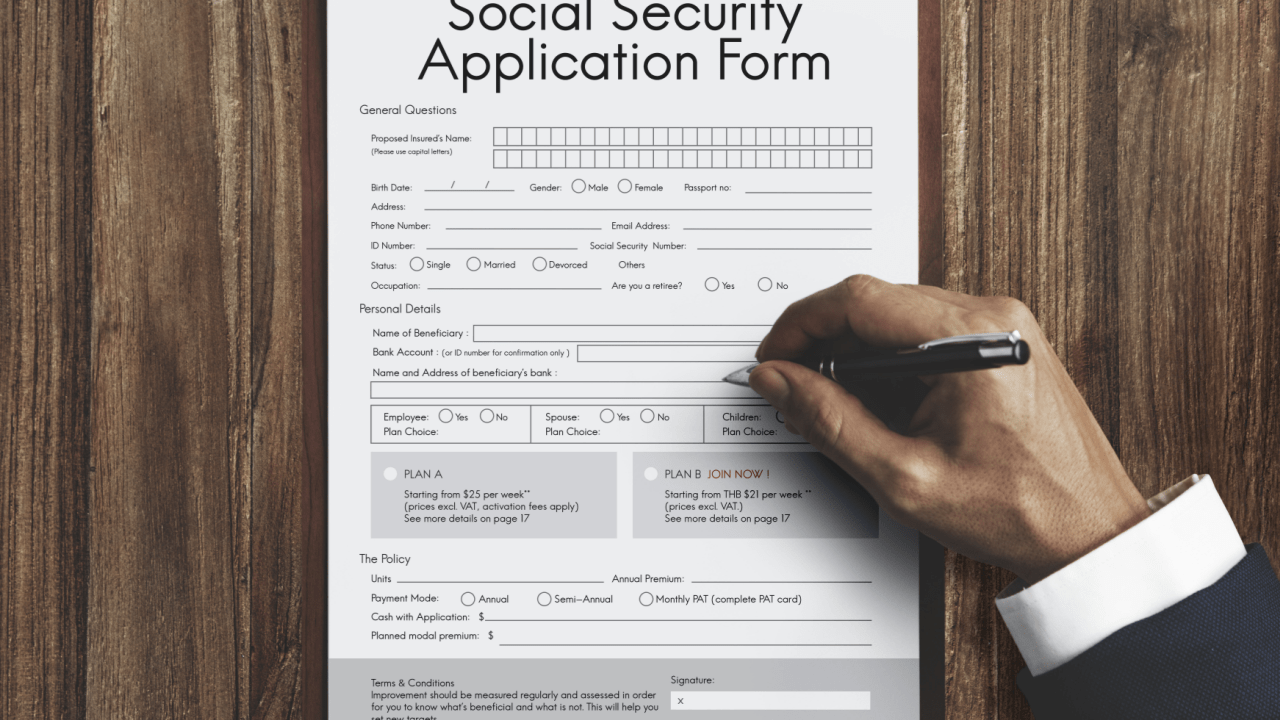
What Are the 21 Types of Physical Disabilities? A Comprehensive Guide
What are the 21 types of physical disabilities according to RPWD Act 2016?
What are the 21 types of physical disabilities? This question becomes increasingly important as awareness about disability rights grows worldwide. The Rights of Persons with Disabilities Act (RPWD) 2016 in India provides a definitive answer by recognizing 21 specific types of disabilities, expanding from the previous list of only 7 conditions. This comprehensive classification helps ensure proper support and legal protection for individuals with diverse disability conditions.
Understanding what are the 21 types of physical disabilities helps create inclusive communities and workplaces. This guide explores each disability type, their characteristics, and how they impact daily life, providing valuable insights for families, caregivers, employers, and society at large.
Complete List: What Are the 21 Types of Physical Disabilities Under RPWD Act 2016?
The RPWD Act 2016 increased the number of recognized disability conditions from 7 to 21, including three blood disorders and acid attack survivors. Here’s the complete list of what are the 21 types of physical disabilities:
Sensory Disabilities:
- Blindness – Complete loss of vision requiring alternative communication methods
- Low-vision – Significant visual impairment that cannot be corrected with glasses
- Hearing Impairment – Including deaf and hard of hearing individuals
Physical and Motor Disabilities:
- Locomotor Disability – Conditions affecting movement and mobility
- Cerebral Palsy – Brain damage affecting muscle coordination and movement
- Muscular Dystrophy – Progressive muscle weakness and degeneration
- Dwarfism – Short stature affecting daily activities
- Leprosy-cured persons – Individuals who have been treated for leprosy
Neurological Conditions:
- Chronic Neurological conditions – Including epilepsy, multiple sclerosis
- Multiple Sclerosis – Disease affecting the central nervous system
- Parkinson’s disease – Progressive neurological disorder affecting movement
Cognitive and Developmental Disabilities:
- Intellectual Disability – Limitations in intellectual functioning
- Autism Spectrum Disorder – Developmental condition affecting communication
- Specific Learning Disabilities – Including dyslexia, dyscalculia, dysgraphia
Mental Health Conditions:
- Mental Illness – Various psychological and psychiatric conditions
- Speech and Language disability – Communication disorders
Blood Disorders:
- Thalassemia – Inherited blood disorder affecting hemoglobin
- Hemophilia – Blood clotting disorder
- Sickle Cell disease – Genetic blood disorder affecting red blood cells
Complex Conditions:
- Multiple Disabilities including deaf-blindness – Combination of disabilities
- Acid Attack victim – Persons affected by acid attacks
Understanding What Are the 21 Types of Physical Disabilities: Impact and Support
When examining what are the 21 types of physical disabilities, it’s crucial to understand that each condition affects individuals differently. Examples of physical disability include Multiple Sclerosis, Muscular Dystrophy, Chronic Arthritis, Cerebral Palsy, Chronic Fatigue Syndrome, Fibromyalgia, Spina Bifida, Loss of limbs and Spinal Cord Injury.
These disabilities can be present from birth or acquired later in life through illness, injury, or aging. The severity varies significantly between individuals, and many people with disabilities lead independent, fulfilling lives with appropriate support and accommodations.
Key characteristics of what are the 21 types of physical disabilities include:
- Varying degrees of functional limitations
- Different support requirements
- Potential for improvement with proper treatment
- Individual experiences and capabilities
Why Knowing What Are the 21 Types of Physical Disabilities Matters
Understanding what are the 21 types of physical disabilities serves multiple important purposes in our society. This knowledge helps employers create inclusive workplaces, enables families to seek appropriate support, and allows communities to develop accessible infrastructure.
The RPWD Act 2016 mandates that at least 4% of government positions be reserved for persons with disabilities, making awareness of what are the 21 types of physical disabilities essential for HR professionals and recruiters. Additionally, this classification ensures individuals receive proper medical evaluation and legal protection.
Healthcare providers use this framework to assess disability certificates, while educational institutions rely on these definitions to provide appropriate accommodations for students with disabilities.
Getting Support: Resources for the 21 Types of Physical Disabilities
If you or someone you know may have one of the 21 types of physical disabilities, several resources can provide assistance. Government hospitals offer disability assessments and certification processes. Many conditions require a minimum 40% disability assessment to qualify for benefits under the RPWD Act.
Professional medical evaluation is essential for determining which of the 21 types of physical disabilities applies to specific conditions. Qualified doctors can assess symptoms, provide proper diagnosis, and guide individuals through the certification process.
Connect with Disability Support Services
If you need support related to any of the 21 types of physical disabilities, don’t hesitate to seek help. Start by contacting your local government hospital’s Chief Medical Officer to begin the disability assessment process. Many communities also provide valuable support groups and resources tailored to specific disability types.
For trusted guidance from experts who understand the complexities of disability benefits and support systems, visit Social Security. Our team can help you navigate the process and connect you with the resources you need.
Remember that a disability never defines a person’s full capabilities or potential. With the right support, understanding, and knowledge of the 21 types of physical disabilities, individuals can flourish and achieve success in all areas of life.
Frequently Asked Questions
1. Which act defines the 21 types of physical disabilities?
The Rights of Persons with Disabilities Act (RPWD) 2016 in India defines the 21 types of disabilities, increasing from the previous 7 recognized conditions.
2. Do all physical conditions qualify as disabilities?
Not all physical conditions qualify. People affected by conditions should contact their doctors to ask if their condition could be covered under the act, as some categories like “chronic neurological conditions” are open to interpretation.
3. What percentage of disability is required for certification?
Most conditions require a minimum 40% disability assessment to qualify for benefits and legal protections under the RPWD Act 2016.
4. Are temporary disabilities included in the 21 types?
The 21 types primarily focus on permanent or long-term conditions, though some temporary conditions may qualify depending on their duration and impact.
5. How has the list of disabilities expanded over time?
The list expanded significantly from 7 disabilities in the previous 1995 act to 21 types in the RPWD Act 2016, adding blood disorders and acid attack survivors among others.
Key Takeaways
- The RPWD Act 2016 recognizes 21 specific types of disabilities, expanding comprehensive coverage for persons with disabilities.
- These 21 types include physical, sensory, cognitive, neurological, mental health, and blood disorder conditions.
- Understanding these classifications helps create inclusive environments and ensures proper support for affected individuals.
- Professional medical evaluation is essential for disability certification and accessing benefits under the act.
- The expanded list reflects growing awareness and commitment to protecting rights of persons with diverse disability conditions.


